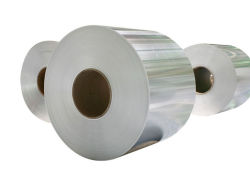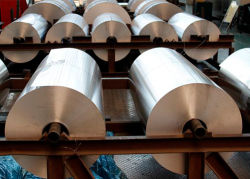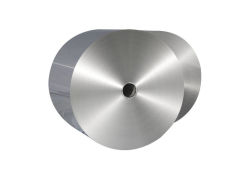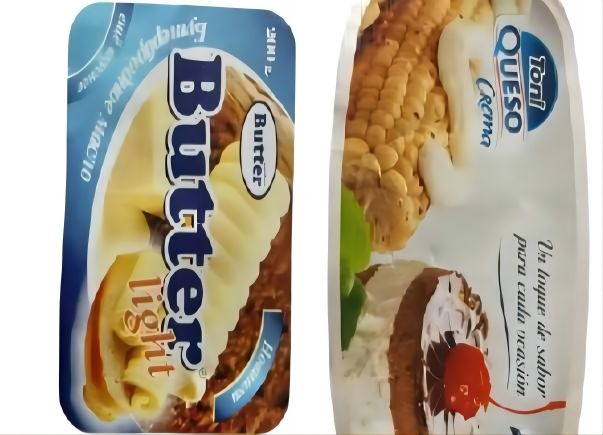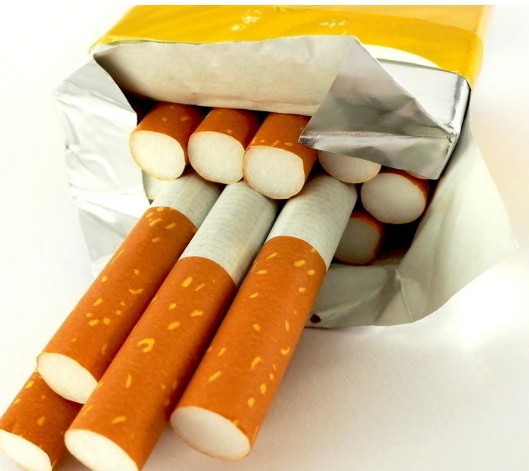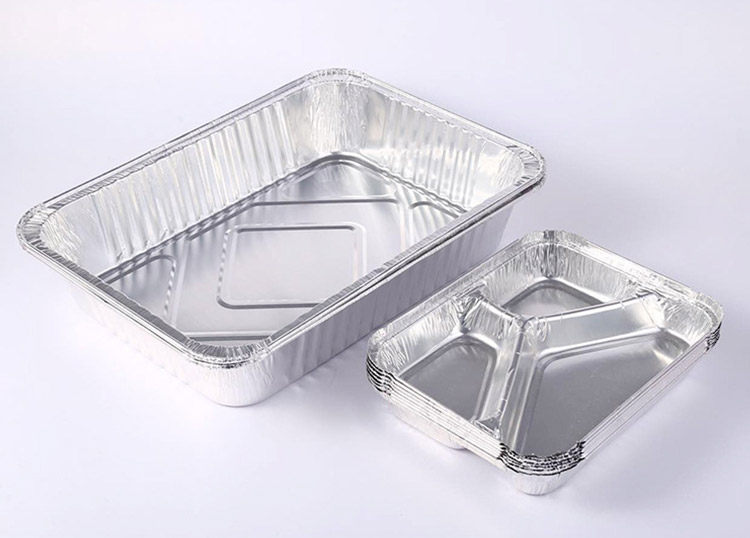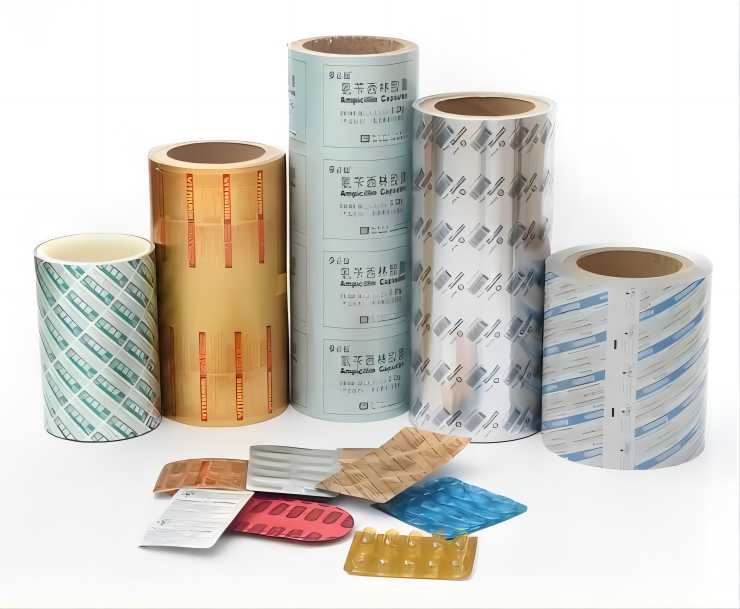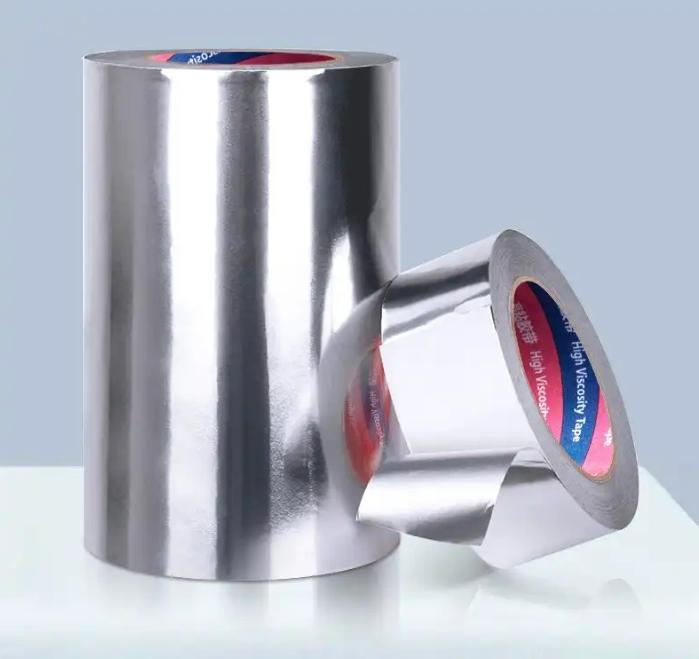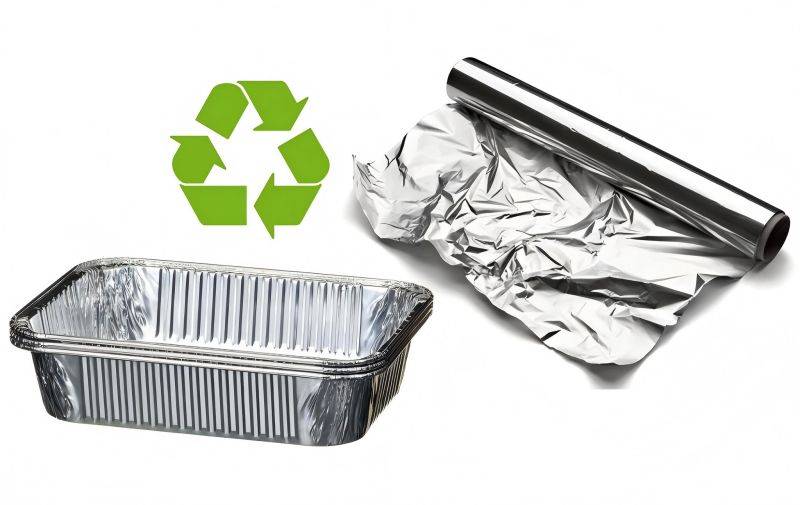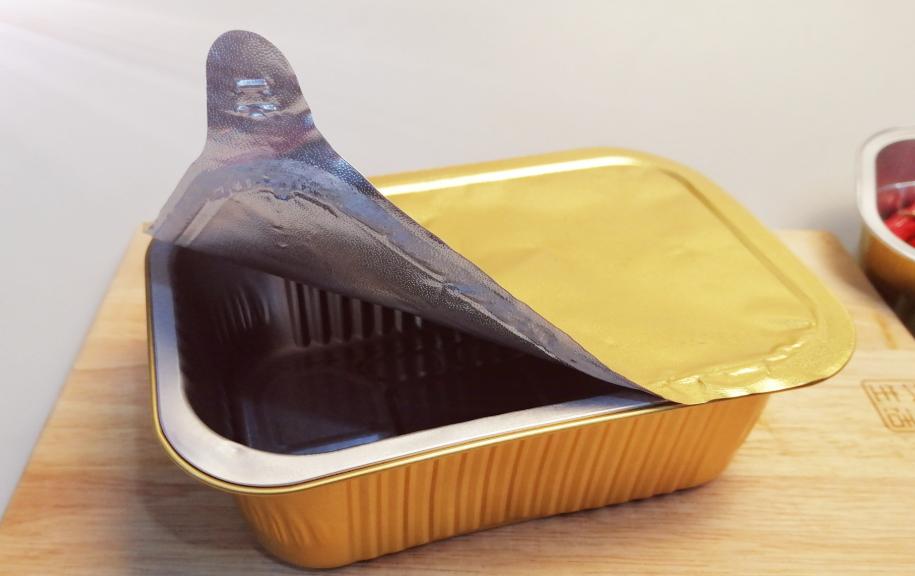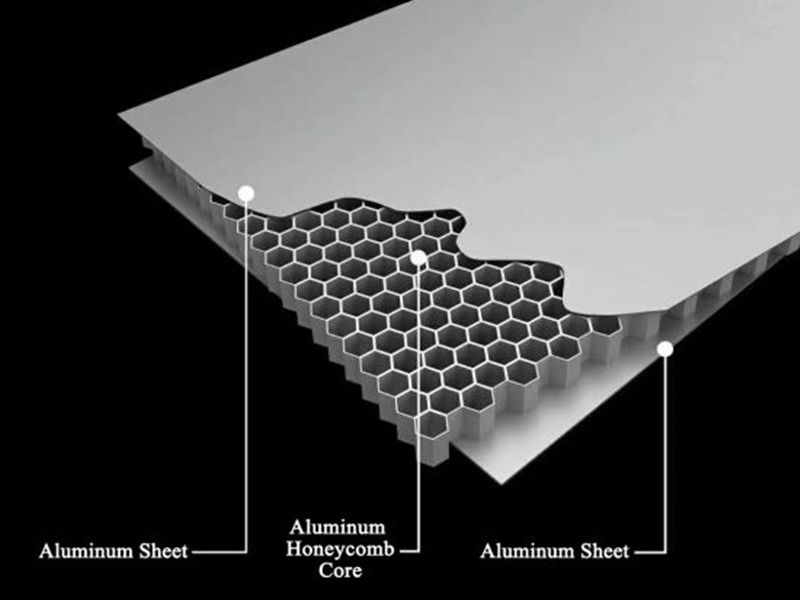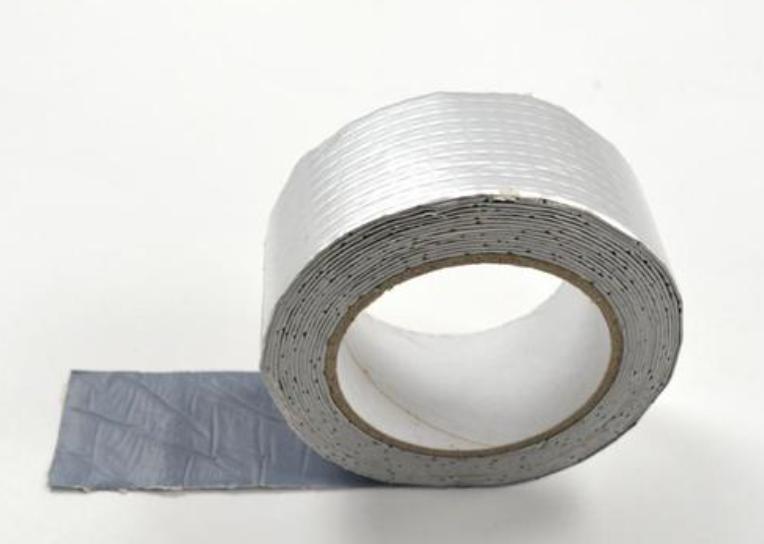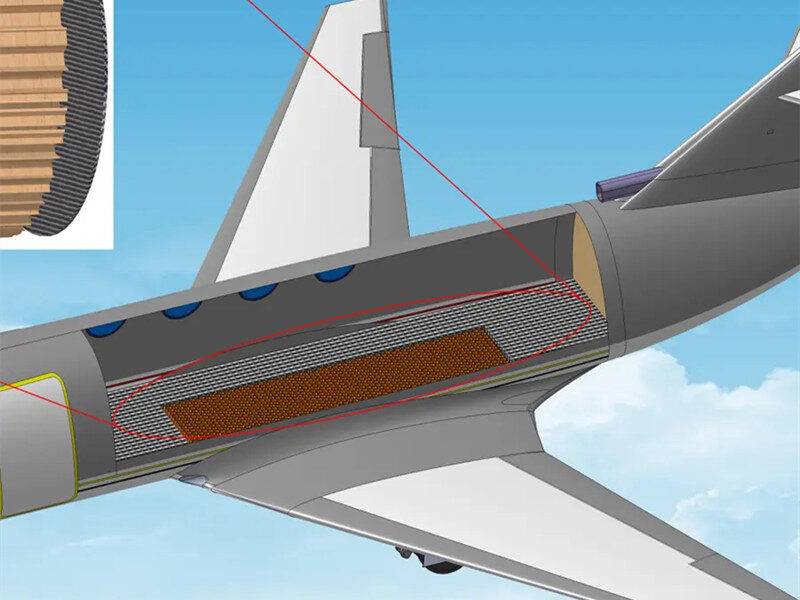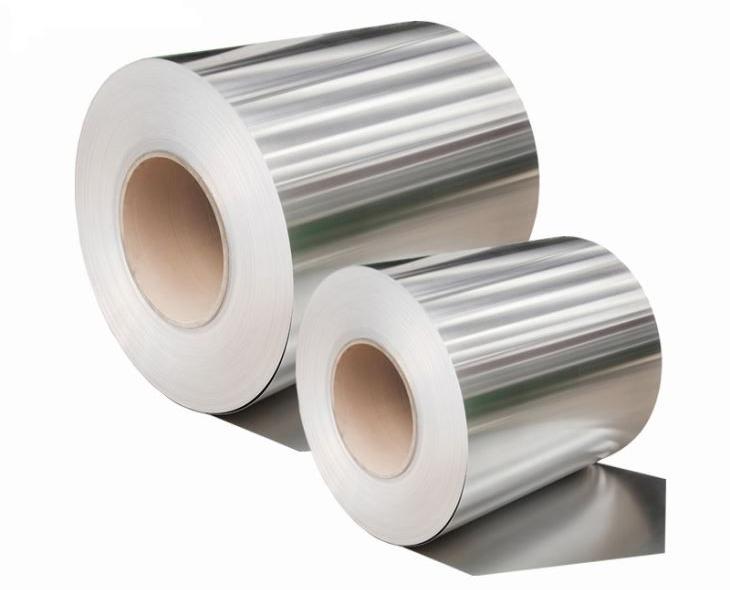Aluminum foil is a versatile kitchen essential used for everything from food storage and preparation to oven cooking and cleaning. While it seems like a simple product, understanding aluminium foil expiry date can be a bit more nuanced. Unlike food items with printed expiration dates, aluminum foil itself doesn’t technically expire. However, its effectiveness and safety for use can be impacted by various factors. This article explores the concept of aluminium foil expiry date, delving into the elements that influence its shelf life and how to maximize its use for optimal performance and minimal waste.

Factors Affecting Aluminium Foil Expiry Date
Several key factors influence the usable life of aluminium foil:
1. Storage Conditions
The storage conditions significantly impact the shelf life of aluminium foil. Optimal storage involves maintaining a controlled environment to prevent degradation.
- Temperature and Humidity: Aluminium foil should be stored at a maximum temperature of 40°C and a maximum humidity of 75%. Higher temperatures and humidity levels can accelerate the oxidation process, leading to corrosion and a shorter shelf life.
- Avoidance of Direct Sunlight: Direct sunlight can heat the aluminium foil, leading to thermal expansion and potential degradation. It can also cause photo-oxidation, weakening the foil over time.
- Protection from Corrosive Substances: Aluminium foil should be kept away from corrosive substances, such as acids and alkalis. These substances can react with aluminium, causing pitting and reducing its effectiveness.
2. Material Quality
The quality of the aluminium foil is paramount in determining its shelf life. Higher quality foils typically offer better durability and resistance to environmental factors.
- Corrosion Resistance: High-quality aluminium foil has better corrosion resistance due to its purity and the presence of protective coatings. This resistance helps maintain its integrity over extended periods.
- Stability: High-quality aluminium foil is manufactured with stringent quality control measures, ensuring stable and consistent performance. This stability translates to a longer shelf life.
3. Usage Methods
How aluminium foil is used also affects its shelf life. Proper handling can prevent premature wear and tear.
- Avoiding Excessive Bending, Folding, and Scratching: Excessive manipulation of aluminium foil can cause micro-cracks and weaken its structure. Gentle handling preserves its surface integrity and prolongs its shelf life.
- Proper Handling Techniques: Using tools designed for aluminium foil, such as smooth-edged dispensers, can prevent accidental damage. Proper handling techniques ensure the foil remains in good condition.
4. Production Techniques
The methods used in producing aluminium foil play a crucial role in its durability and shelf life.
- Advanced Production Technology: Employing advanced production technology ensures the aluminium foil is manufactured with high precision and consistency. These technologies help in creating foils with uniform thickness and minimal defects.
- Quality Control Measures: Strict quality control during production ensures that only high-quality aluminium foil reaches the market. These measures include testing for thickness, tensile strength, and surface finish.
5. Environmental Factors
Environmental conditions where aluminium foil is stored or used can accelerate its degradation.
- Effects of Extreme Temperatures: Extreme temperatures, both high and low, can affect the mechanical properties of aluminium foil. High temperatures can cause oxidation, while low temperatures can make the foil brittle.
- Humidity and Chemical Exposure: High humidity levels can lead to condensation, which can corrode aluminium foil. Exposure to chemicals, especially acids and bases, can also accelerate its degradation.
6. Product Design
The design aspects of aluminium foil, including its thickness and surface treatment, influence its shelf life.
- Thickness and Uniformity: Thicker aluminium foil generally has a longer shelf life due to its increased durability. Uniform thickness ensures consistent performance across the entire surface.
- Surface Treatment: Surface treatments, such as coatings and laminations, can enhance the foil’s resistance to corrosion and physical damage, thereby extending its shelf life.
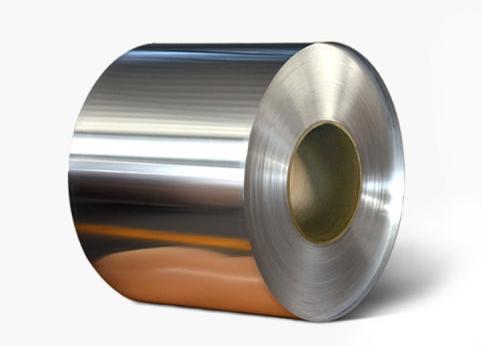
What is the Aluminium Foil Expiry Date?
1. Typical Shelf Life under Ideal Conditions
Under optimal storage conditions, aluminium foil can maintain its integrity and effectiveness for a considerable period.
One Year under Standard Storage Conditions
- Maximum Temperature: 40°C
- Maximum Humidity: 75%
Standard storage conditions typically grant aluminium foil a shelf life of one year, starting from the date of shipment. These conditions ensure minimal exposure to factors that could accelerate degradation.
2. Shelf Life in Specific Applications
The shelf life of aluminium foil can vary based on its application, particularly in food packaging and industrial uses.
A. Food Packaging
Aluminium foil is commonly used in food packaging due to its excellent barrier properties.
Shelf Life at Room Temperature: 1-2 years
Properly stored aluminium foil used for food packaging can last 1-2 years at room temperature. This longevity ensures that the foil maintains its protective qualities, keeping food fresh and safe.
Shelf Life in Frozen Conditions: 2-3 years
When stored in frozen conditions, the shelf life of aluminium foil can extend to 2-3 years. The low temperatures slow down the processes that cause degradation, preserving the foil’s integrity.
B. Industrial and Household Uses
In industrial and household applications, aluminium foil’s shelf life depends on the specific conditions and usage patterns. Proper storage and handling can significantly extend its usability.
Impact of Aluminum Foil Quality on Shelf Life
The quality of the aluminum foil directly affects its shelf life. Here’s a closer look at how specific quality aspects play a role:
1. Mechanical Properties
- Tensile Strength: High tensile strength allows the foil to resist tearing and stretching, extending its usable life.
- Elongation: The ability of the foil to stretch without breaking is an indicator of its flexibility and durability.
- Tear Resistance: Aluminum foil with good tear resistance is less prone to accidental tears during use.
2. Chemical Stability
- Corrosion Resistance: The foil’s resistance to corrosion from air, moisture, or food contact ensures its integrity and functionality over time.
- Oxidation Resistance: Aluminum naturally forms a thin oxide layer that protects the metal. High-quality foil has a stronger oxide layer, offering better resistance to further oxidation and maintaining its shine.
3. Surface Quality
- Absence of Defects: A smooth, clean surface with no scratches, holes, or blemishes ensures optimal performance and minimizes the risk of tearing.
- Cleanliness: Free of any contaminants or residues that could potentially transfer to food or affect the foil’s effectiveness.
- Smoothness: A smooth surface allows for better contact with food items and creates a more effective barrier.

How to Extend the Aluminium Foil Expiry Date?
By following these practices, you can maximize the shelf life and usability of your aluminum foil:
- Proper Storage Conditions:
- Cool, Dry, and Dark Environment: Store your aluminum foil in a cool, dry place away from direct sunlight and heat sources. Ideally, a closed cupboard or pantry at room temperature is a perfect location.
- Away from Moisture and Heat Sources: Avoid storing aluminum foil near ovens, stoves, dishwashers, or sinks where it can be exposed to excessive heat or moisture.
- Avoid Contact with Harsh Chemicals: Keep your aluminum foil away from cleaning products, bleaches, or other harsh chemicals that can damage the material.
- Prevent Physical Damage:
- Handle Gently to Minimize Bending or Tearing: Unfold and refold the foil with care to avoid creating sharp creases or permanent bends that weaken the structure.
- Store in Flat or Rolled Form: Minimize excessive crumpling or crushing the foil, as this can create weak points and make it more prone to tearing. Store it flat or rolled loosely in its dispenser box.
- Use Protective Packaging if Necessary: For long-term storage or if the foil will be exposed to rough handling, consider wrapping the dispenser box in an additional layer of plastic wrap or placing it in a container for added protection.
- Minimize Environmental Exposure:
- Avoid Extreme Temperatures: Don’t store aluminum foil in excessively hot or cold environments, such as uninsulated attics, garages, or freezers. Aim for moderate storage temperatures.
- Protect from Direct Sunlight: While not a critical factor for short-term use, prolonged exposure to direct sunlight can slightly degrade the foil’s quality over time. Store it in a dark cupboard or drawer for optimal longevity.
- Use Airtight Containers When Storing Food: When using aluminum foil to wrap food for storage, ensure the container is airtight. This minimizes air and moisture exposure, which can affect the quality and safety of the food.
- Use Moisture-proof Aluminum Foil Bags: For long-term food storage, consider using aluminum foil bags specifically designed with moisture-proof features. These bags offer additional protection against moisture and air penetration, potentially extending the shelf life of stored food.
- Choose High-Quality Aluminum Foil Products: Look for reputable brands known for using high-quality aluminum with good thickness, smooth surfaces, and consistent properties. These factors contribute to a longer shelf life and better overall performance.
- Employ Advanced Packaging Techniques: While not a direct consumer practice, some manufacturers utilize advanced packaging techniques like vacuum sealing or nitrogen flushing to minimize air exposure within the aluminum foil roll. This can contribute to a longer shelf life for the product.
Assessing Usability of Damaged Aluminium Foil
Even with proper storage, aluminum foil can sustain minor tears or dents. Here’s how to decide if damaged aluminum foil is still safe to use:
- Inspect for Punctures or Tears: Small tears or punctures may not be a major concern, especially for non-critical applications. However, large tears or punctures compromise the foil’s effectiveness as a barrier.
- Evaluate Seal Integrity: If using aluminum foil for sealing containers, check if the tear or damage affects the seal’s integrity. A compromised seal can allow air or moisture to enter, potentially spoiling the food.
- Check Product Condition for Contamination: If the tear or damage exposes the food to the aluminum foil itself, inspect the food for any signs of discoloration or contamination. Discard the food if any contamination is suspected.
- Consider Intended Use: For applications requiring a high degree of protection, such as long-term food storage or delicate culinary techniques, even minor damage might necessitate using a fresh piece of foil. For less critical uses, like loosely covering a bowl or preventing splatter during cooking, a small tear might be acceptable.
- Refer to Manufacturer’s Guidelines: Some aluminum foil manufacturers may offer specific recommendations on using aluminum foil with minor damage. Check the packaging or brand website for any relevant information.
- Utilize Professional Testing Tools: In rare instances, professional testing tools like leak detectors or infrared cameras might be used to assess the integrity of seals created with aluminum foil. However, this is typically not applicable for home use.
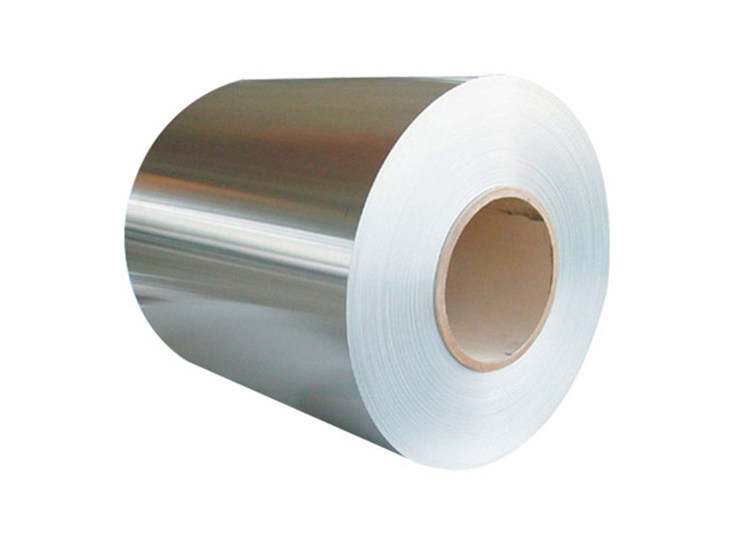
Proper Disposal of Damaged Aluminium Foil
Aluminum foil is a recyclable material. Here’s how to dispose of it responsibly:
- Segregate Waste Based on Damage Extent:
- Recyclable (Minor Damage, Clean): Aluminum foil with minor tears, creases, or light surface imperfections can often be recycled. Check with your local recycling program for specific guidelines on cleaning and preparation before recycling.
- Non-Recyclable (Severe Damage, Contaminated): Heavily damaged, contaminated, or greasy aluminum foil should not be recycled. Dispose of it in your regular trash bin.
- Recycle Aluminum Foil Whenever Possible: Recycling aluminum foil is an energy-efficient process that conserves resources and reduces landfill waste. Here are some additional tips for recycling:
- Clean moderately dirty foil: For slightly greasy or food-stained foil, attempt to remove any large food particles before recycling. You can wipe it clean with a damp cloth or paper towel. Heavily soiled foil is generally not recyclable.
- Check for local recycling requirements: Recycling programs may have specific requirements for how aluminum foil should be prepared. Some programs might require flattening the foil or removing any attached labels or stickers. It’s always best to check with your local waste management provider for their specific guidelines.
- Prevent Secondary Contamination: Aluminum foil can be a conductor of contaminants. Here’s how to avoid further contamination during disposal:
- Wear gloves when handling heavily soiled or damaged foil: This helps protect yourself from any potential contaminants on the foil.
- Avoid direct contact with contents: If the damaged foil contains food or other materials, avoid touching the contents directly. Scrape or scoop the contents into an appropriate disposal container before discarding the foil.
- Clean up spills promptly: If any food or liquids leak from the damaged foil during handling, clean up the spill immediately to prevent attracting pests or creating an unsanitary environment.
- Consider Creative Reuse for Minor Damage: For aluminum foil with very minor tears or creases, consider reusing it for non-critical applications. Here are some ideas:
- Line a baking sheet for non-sticky baking: Minor tears won’t affect its ability to prevent baked goods from sticking to the pan.
- Sharpen knives: Fold a small piece of aluminum foil tightly to create a makeshift sharpening pad for dull knives. However, be aware that this method can be abrasive and might not be suitable for delicate blades.
- Create DIY craft projects: Aluminum foil’s malleable nature makes it a versatile material for crafting projects. However, ensure the tears or imperfections won’t hinder the intended use of the craft.
- Reduce Aluminum Foil Usage in Daily Life: The most sustainable approach is to minimize aluminum foil consumption in the first place. Here are some ways to achieve this:
- Opt for Reusable Containers: Instead of relying on aluminum foil for food storage, invest in reusable containers made from glass, silicone, or stainless steel. These offer a more sustainable and long-lasting option.
- Utilize Parchment Paper for Baking: For baking purposes, consider using parchment paper instead of aluminum foil. Parchment paper is often compostable and can be reused for certain applications.
- Plan Portions: Cook or prepare food in appropriate quantities to minimize leftovers that require storage.
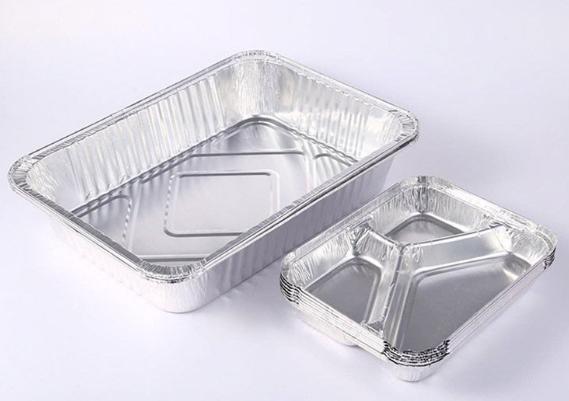
Conclusion
Aluminum foil, while not technically having an expiry date, can be affected by various factors that influence its effectiveness and safety for use. Understanding these factors and adopting proper storage, handling, and disposal practices can significantly extend its usable life and minimize waste. When considering damaged aluminum foil, evaluate its condition and intended use before deciding on reuse or responsible disposal. By choosing high-quality products, employing responsible storage techniques, and exploring sustainable alternatives, you can maximize the benefits of aluminum foil while minimizing its environmental impact. Remember, even small changes in our daily habits can contribute to a greener future.

